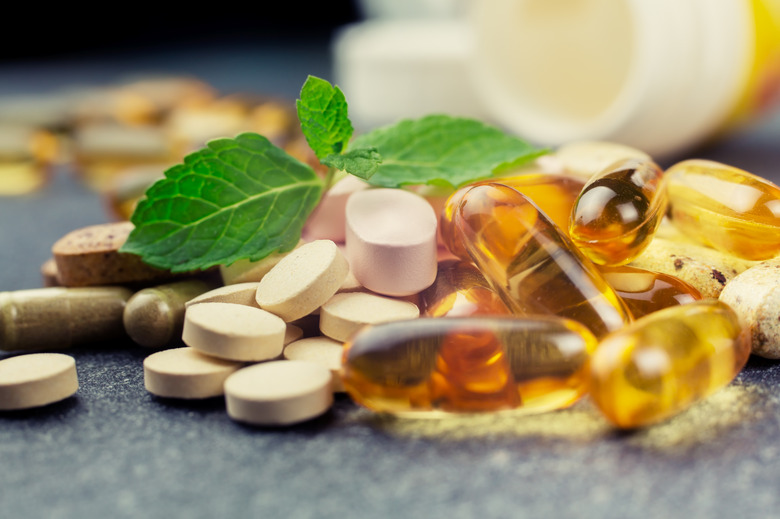What Are The Functions Of Coenzymes?
Enzymes are essential proteins responsible for a multitude of reactions in organisms. However, they do not work alone. Non-protein molecules known as coenzymes aid in enzymes' jobs. Coenzymes are often derived from vitamins and are much smaller compared to the enzyme itself, but no less important. From speeding up digestion to ensuring accurate DNA replication, coenzymes are an essential part of any biological system.
Energy Production
Energy Production
One primary function of coenzymes is to help with the production of energy. Specifically, the coenzyme ATP is a major player in moving energy within the cell. ATP's structure has three phosphate groups, and when the last one is cleaved off during a process known as hydrolysis, energy is released. ATP is constantly recycled, picking up more phosphate groups that are then broken off once again, replenishing cellular energy.
Transferring Groups
Transferring Groups
Coenzymes also aid in transferring certain groups of atoms from one molecule to another. For example, hydrogen transfer, the movement of hydrogen atoms from one part of a cell or organelle to another, is essential to many processes, including the reproduction of ATP molecules. The coenzyme NADH in particular is important in this procedure. When a process called oxidative phosphorylation begins in a cell, the coenzyme NADH transports four hydrogen atoms from one part of the mitrochondria to the next, jump-starting the process of refreshing a cell's ATP supplies.
Redox Reactions
Redox Reactions
Another primary function of coenzymes is to aid in the loss or gain of electrons in redox reactions. During oxidation, a molecule or atom loses electrons. Reduction occurs when a molecule or atom gains electrons. Oxidative phosphorylation is also a good example of redox as well as an illustration of how coenzymes work in tandem. For NADH to be able to transport the hydrogen atoms, the coenzyme donates two electrons to coenzyme Q. NADH then becomes NAD+, entering an oxidized state because it has lost electrons.
Antioxidants
Antioxidants
Because many coenzymes are able to capture electrons, they often function as antioxidants. Unbound electrons, also known as free radicals, can harm cells, damaging DNA and even leading to cell death. Antioxidants are able to bind free radicals, preventing such damage from happening. Certain coenzymes, such as CoQ10, are even used as medical interventions. After a cardiac event like a heart attack or heart failure, CoQ10 can be used to limit free radical damage while the tissue of the heart is healing.
Cite This Article
MLA
Michelle, Meg. "What Are The Functions Of Coenzymes?" sciencing.com, https://www.sciencing.com/functions-coenzymes-5070676/. 13 March 2018.
APA
Michelle, Meg. (2018, March 13). What Are The Functions Of Coenzymes?. sciencing.com. Retrieved from https://www.sciencing.com/functions-coenzymes-5070676/
Chicago
Michelle, Meg. What Are The Functions Of Coenzymes? last modified March 24, 2022. https://www.sciencing.com/functions-coenzymes-5070676/
